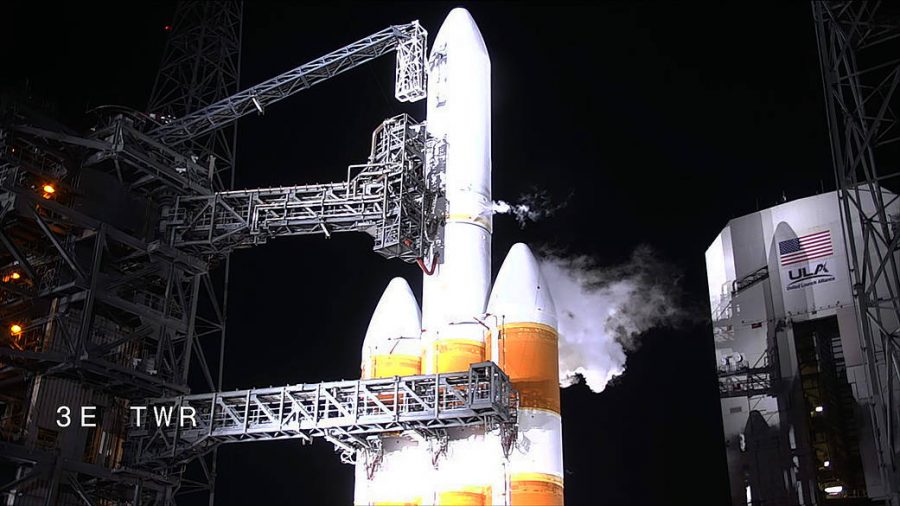NASA’s mission to send a Parker Probe to the sun launched in the afternoon of Aug. 12, 2018. The mission will perform a close-up observation of the sun for the first time in history and help generations of scientists attain a better understanding of the corona, the outermost atmosphere of the sun.
The probe is named after Dr. Eugene Parker, a physicist who proposed numerous theories of how the stars and our sun give off energy. The mission’s duration is six years and 11 months and the solar probe will perform seven Venus flybys or close observations of Venus. The probe will encounter Venus’ gravity which will slow down the probe in order to more precisely set its path toward the sun.
When the spacecraft goes to the sun, it will help scientists understand more about other stars just like the sun. Because this is the first closest-ever observation of our sun, this will help contribute to scientists’ understanding of the sun’s corona. Observations of solar nanoflares which are damaging to Earth’s atmosphere will also be investigated during this mission. Because the sun is a source of light and heat for life on Earth, scientists want to understand how it works, why it changes, and how these changes influence us.
The space probe must withstand temperatures outside the spacecraft that reaches nearly 2,500 degrees Fahrenheit (1,377 degrees Celsius). Mr. Alex Dezieck, an Upper School chemistry teacher, gives an overview of how the probe is built in order to withstand such temperatures.
The space probe is built with a sun blocking shield to reflect most of the sunlight back out. There is another suite of instruments, Solar Wind Electrons Alphas, and Protons. “The sensors on the probe will take readings from the sun or flares,” Mr. Dezeick said. Because the probe will constantly be without the support of human control, small sensors on the heat shield will help guide the probe when it is in contact with danger.
There has been some debate on whether or not the probe mission was worth its $1.5 billion dollar price tags. “The money could be used to help other people and benefit the whole economy,” Mr. Dileep Matthews, former Middle School science teacher, said. “But it’s always good to know stuff. I think you can’t put a price on knowledge.”
America sends a probe to the sun
August 30, 2018
0




![[PHOTO COURTESY OF PIXABAY]](https://blueandgoldonline.org/wp-content/uploads/2025/03/white-18227_1280-1200x803.jpg)

![[PHOTO COURTESY OF PIXABAY]](https://blueandgoldonline.org/wp-content/uploads/2025/03/fire-6706674_1280-1200x800.jpg)
